The gang violence that has recently wracked parts of Los Angeles compels me to ask this question: Where are all the Jewish gangs?
I’m not being cute.
There was a time in history when America’s worst gangs were Jewish. From 1880 through the dawn of Prohibition, New York’s Lower East Side was synonymous with thugs, thieves, gambling and prostitution. That part of our collective memory we’ve understandably underemphasized: Just what did Tevye the Milkman’s daughters have to do to survive in the Golden Land?
“Along with upright unionists like David Dubinsky and his ILGWU [International Ladies’ Garment Workers’ Union], there were shlammers [goons], like Gyp “The Blood” Horowitz, Kid Twist and “Dopey” Benny Fine, armed with lead pipes, chains, knucks and guns, who constituted the vast and bloody mercenary army of the labor wars,” Mike Bookman, the author of a 2000 novel of the period, “God’s Rat,” told me.
Indeed, as Albert Fried documents in “The Rise and Fall of the Jewish Gangster in America” (Columbia, 1993), the Lower East Side of Yiddish theater, warm bialys, firebrand politics and hard-working immigrants was also rife with pimps, addicts and thugs — all Jewish.
The “demonically cruel” Dutch Schultz? His mother knew him as Arthur Flegenheimer.
And it wasn’t just New York. Jewish gangs were the terror of turn-of-the-century Cleveland, Minneapolis, Chicago and Detroit, where Hastings Street, wrote Fried, “spawned a farrago of teenage Jewish street gangs.” The cops called it “Little Jerusalem.”
These days, to point out the obvious, Jewish gangs are not such a problem. Sure there’s an Israeli Ecstasy ring here and a Russian prostitution ring there, but you can walk the mean streets of Brentwood, Sherman Oaks or Pico-Robertson and not have to worry about crossing paths with some turf-protecting boychiks sporting blue-and-white do-rags and Hebrew bling.
Jewish kids who want to go gangsta have only one outlet: rap parodies on YouTube.
Unfortunately, this isn’t the case with other boys their age. Over the past month, gang violence between Latinos and blacks in the Harbor Gateway area resulted in the murder of 14-year-old Cheryl Green. Last Saturday, Latino gang members shot a 34-year-old black man in front of his daughters as he waited for them to meet a friend for a birthday sleepover.
“This is part of a tit-for-tat killing spree that has been going on for a decade,” said Joe Hicks, who, when he was executive director of the City of Los Angeles Human Relations Commission, spent a good part of his time in Harbor Gateway. “But something has definitely shifted into another gear that has gotten people pretty alarmed.”
Across the city, some 269 lives were cut short by gang-related violence in 2006.
The Green murder prompted an outpouring of community grief and outrage and a good amount of political posturing. It also focused attention on a report, prepared by Los Angeles civil rights attorney Connie Rice, that calls for a $1 billion “Marshall Plan” to improve the lives of kids vulnerable to gangs.
A billion may not seem like a lot — in Iraq, we’ve spent $323 billion and only succeeded in starting gang wars — but many observers want to, wisely, take a step back before rushing in with the checks.
“Harbor Gateway is a 2-mile area as desolate as you can find,” said Hicks, who is now co-director of Community Advocates. “You do need to bring additional services to the community. But if you build a basketball court or a Boys & Girls Club, the gang would immediately claim that. It would decide who’s able to play checkers or shoot hoops.”
Hicks’ experience, backed up by police, is that there are a limited number of really bad apples in any gang. When these “shot callers” were arrested and locked up in the mid-1990s, the situation improved, Hicks said.
“First, law enforcement has to get tough,” he said. “Lock up people for doing bad stuff. Second, convert peripheral gang members. Third, work on the younger generation with community development and activities.”
This struck me as sensible and straightforward, with this caveat: It’s not just gang culture that’s sick, it’s our culture.
When the L.A. Times columnist Gregory Rodriguez spent time with members of the 204th Street Gang, he found older men with steady jobs who commuted to gang bang.
“If it was about race, why are they killing each other?” he asked me. “Their primary identity is not their ethnicity, it is ‘us against the outsiders.’ It’s all about posturing and pride.” And their music and entertainment reaffirms their choice. “Mainstream culture glorifies criminality,” Rodriguez said.
Any solution or set of solutions is bound to fail if we as a society don’t consistently send a very simple message: gang behavior is bad.The era of Jewish gangs faded as most of the original gangsters aged and a new generation of Jewish youth found better outlets for their testosterone.
One crucial brake on their behavior? According to Fried, it was good old-fashioned shame. In 1912, as violence among Jewish gangs reached its peak, the Jewish community reacted with almost unanimous disgust.
“The Jewish community turned in on itself, confronting itself as never before,” Fried writes. He quotes the editor of a Yiddish newspaper, expressing the common outrage of the day: “The divine word, ‘I choose you among the people of the earth,’ ends up this way.”
Jewish gangsters who sought to elevate themselves by accruing wealth and inspiring fear found themselves objects of communal derision and disgust. Compare that reaction with today’s popular entertainment that too often idealizes and romanticizes gangsters.
“We have to find ways to erode the culture at root of urban America, the gangster hip-hop ethos,” Hicks said.
How to pay for Hicks’ beefed-up police and Rice’s “Marshall Plan”?What about a sin tax on black and Latino artists who partake in that glorification, and Jewish and non-Jewish agents, marketers, record labels and corporations who profit from their artistry?
OK, maybe a tax isn’t realistic. Then again, shame doesn’t seem to be working either.







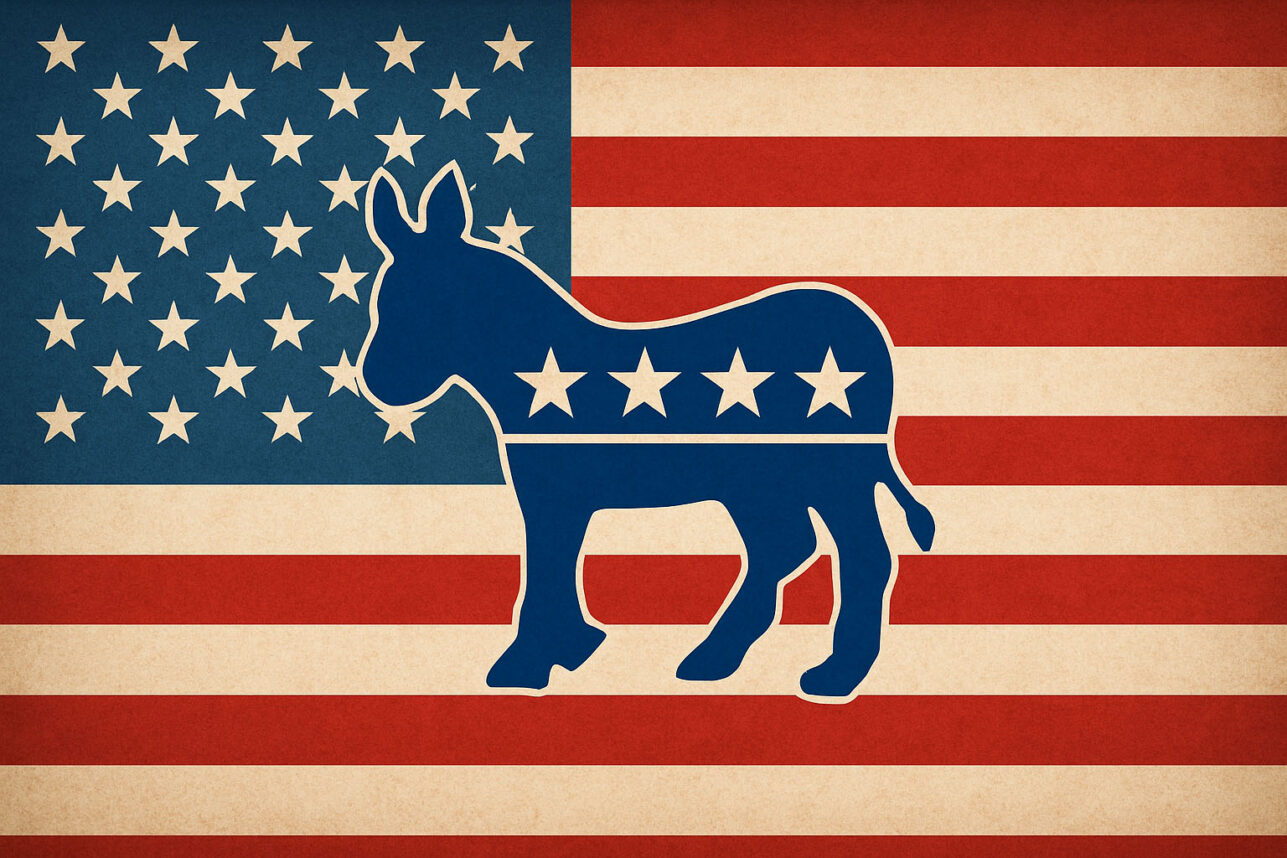

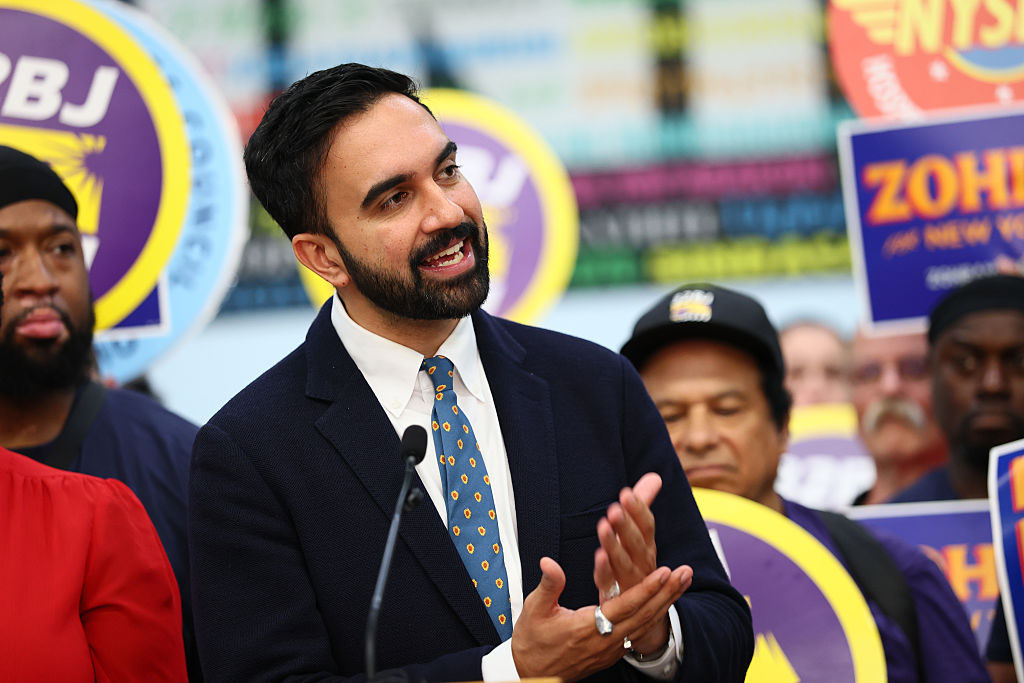
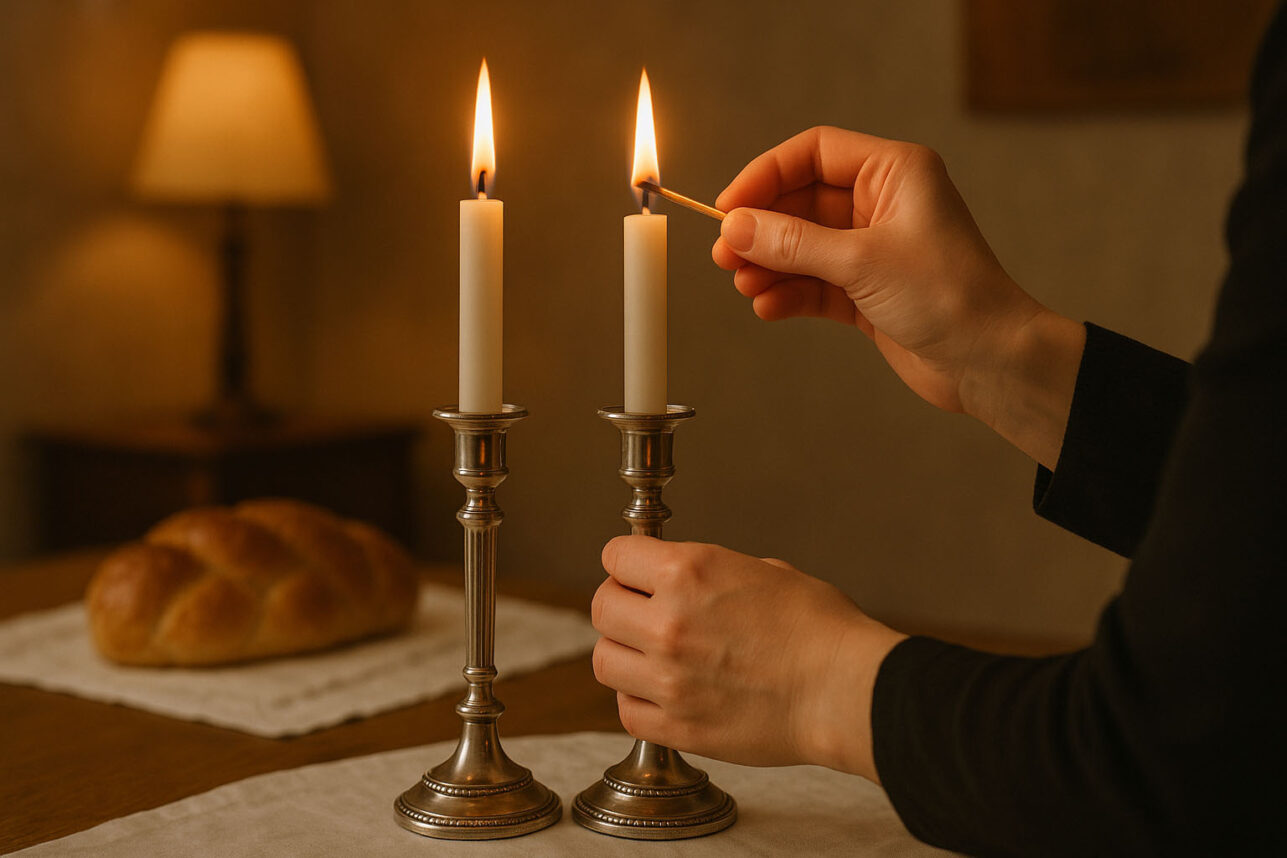






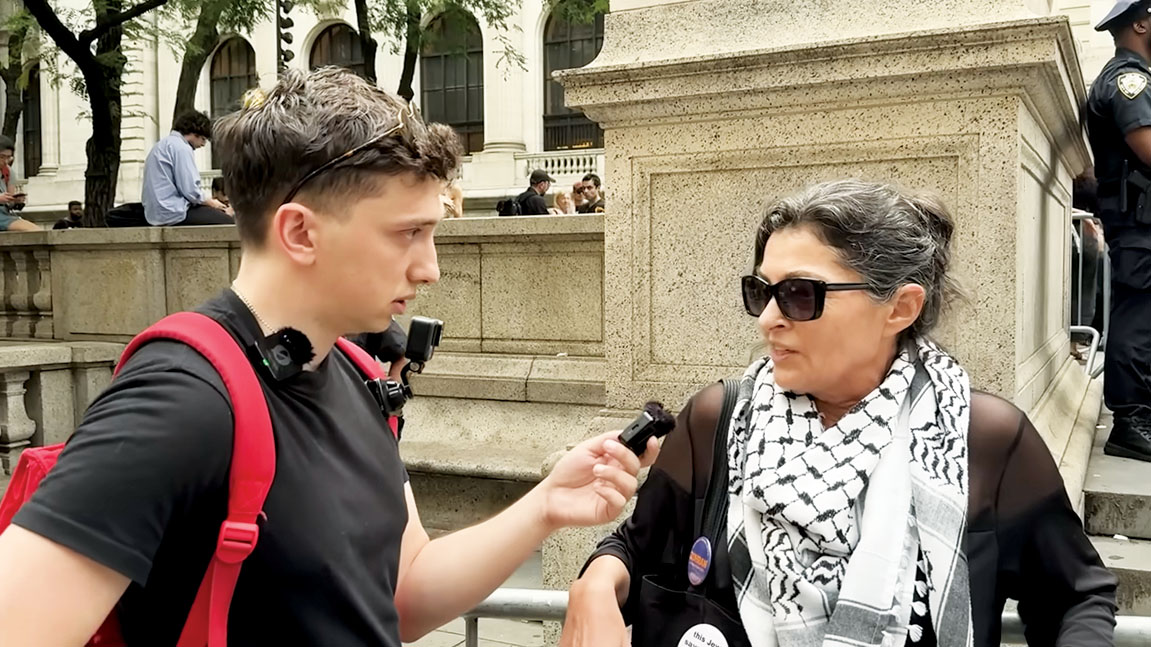
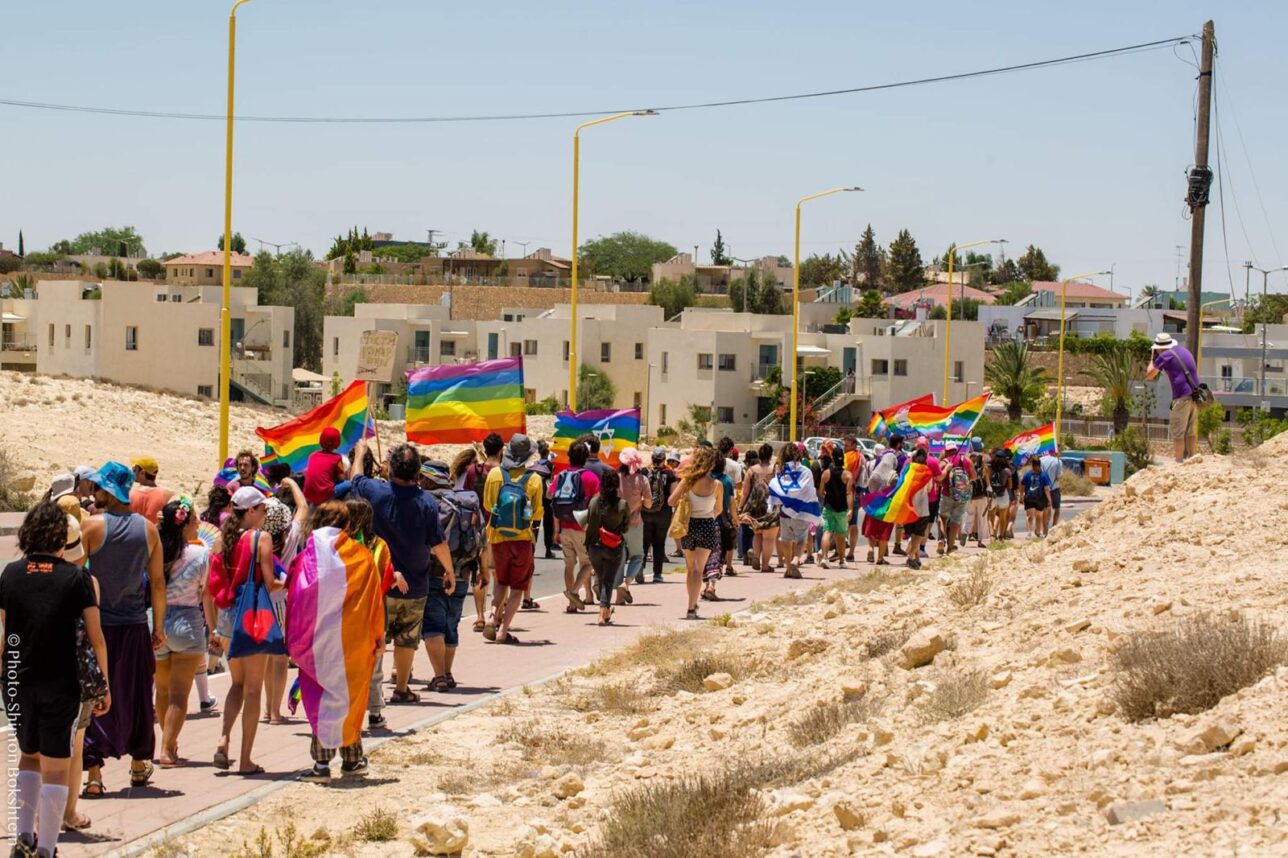

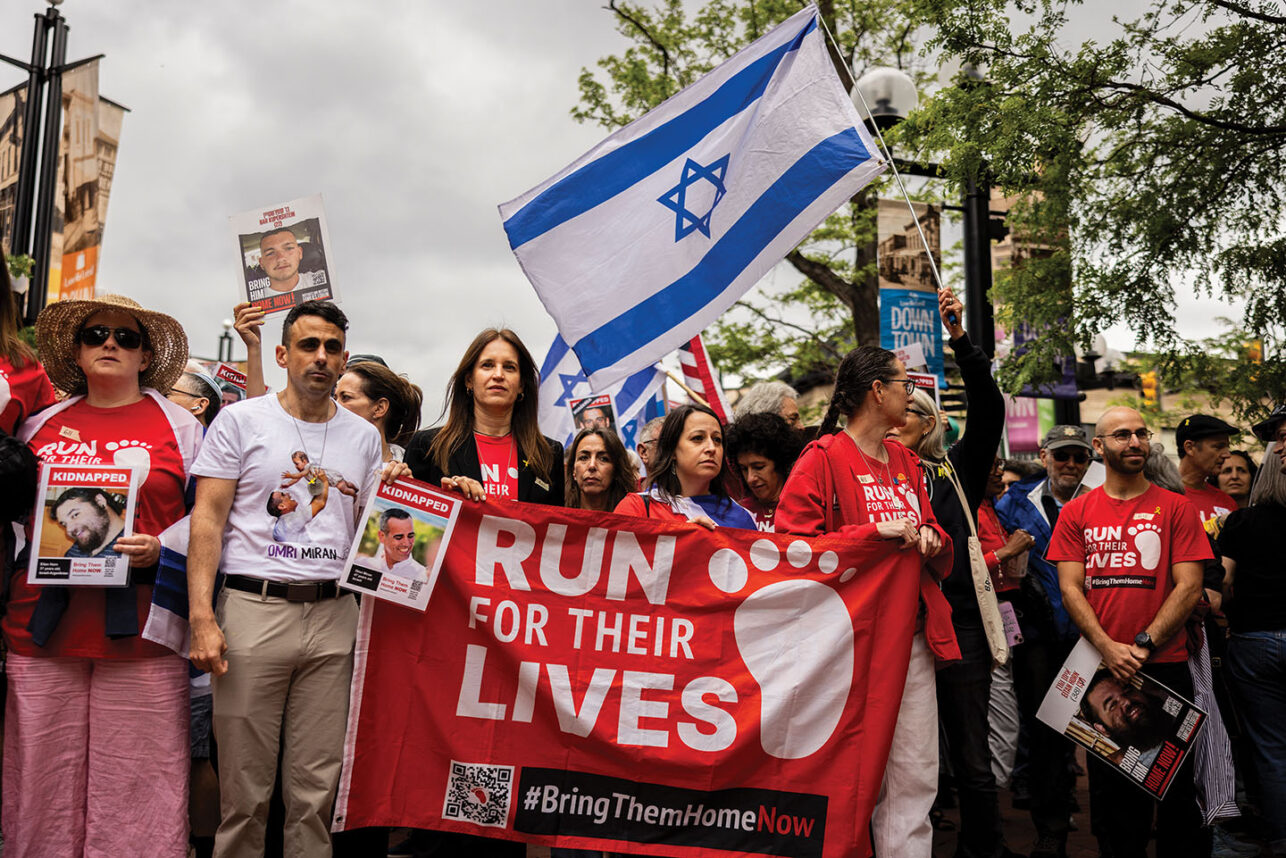


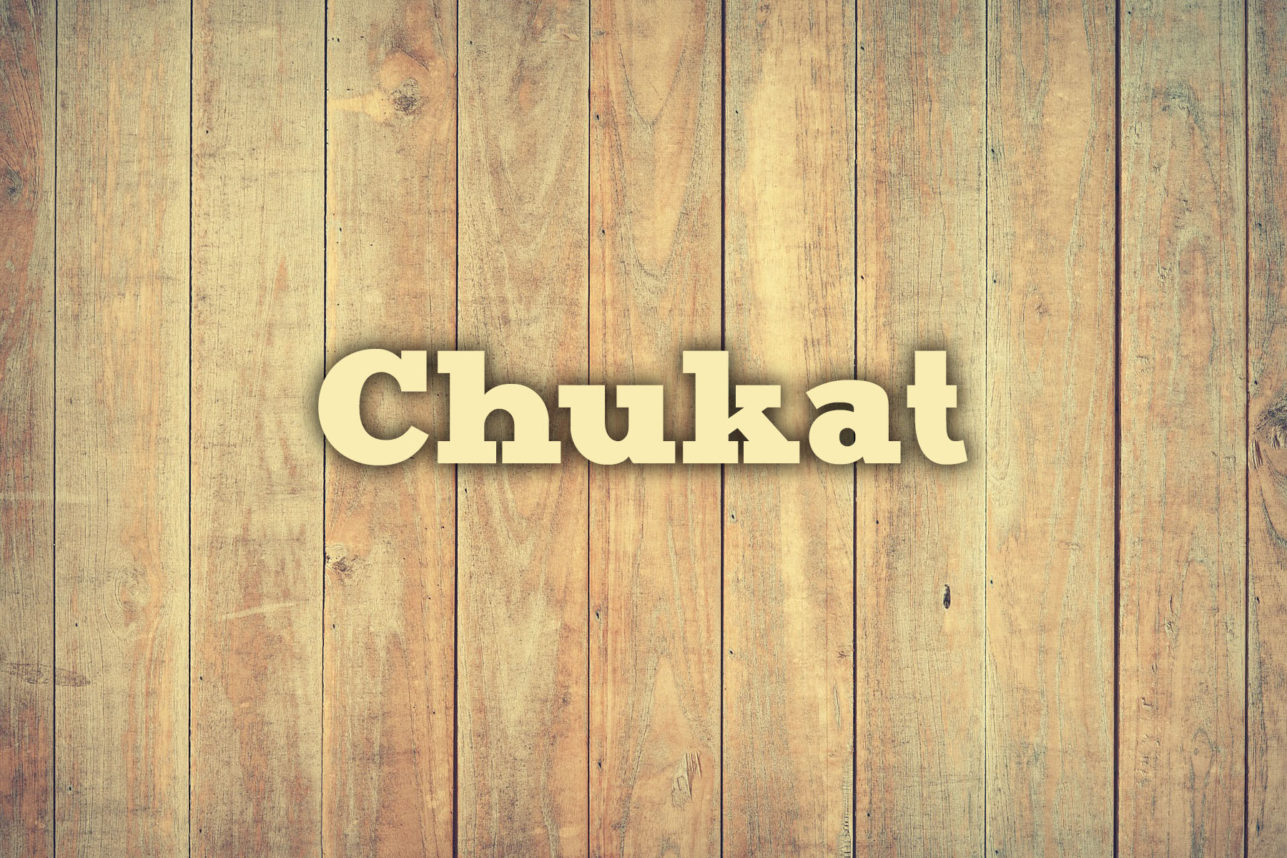
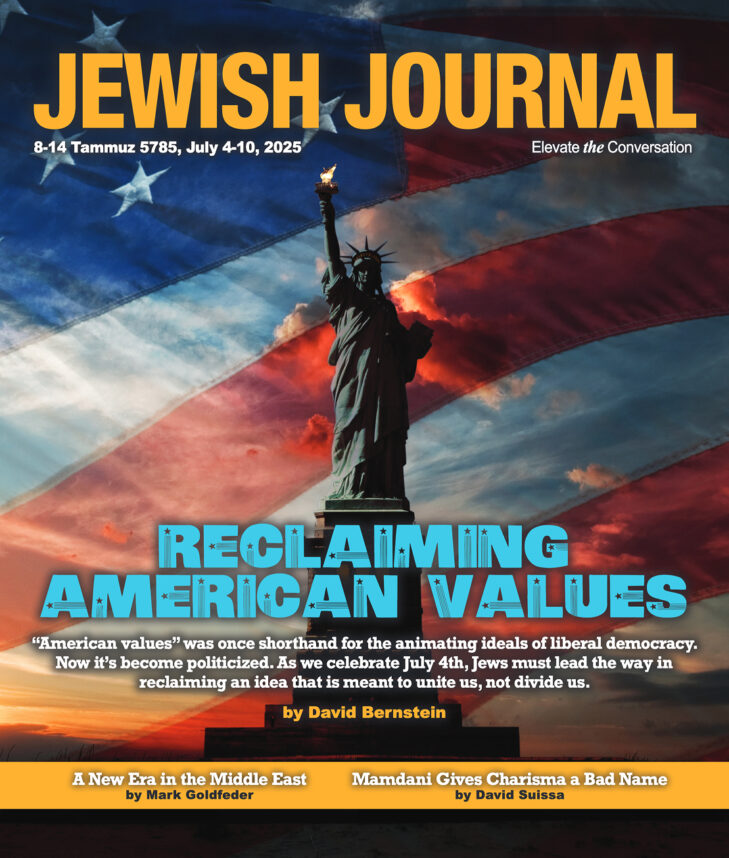
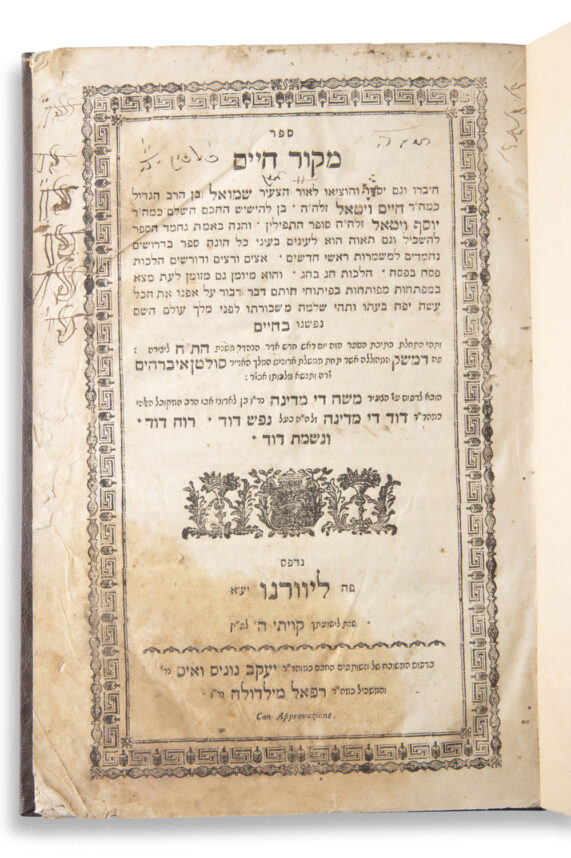
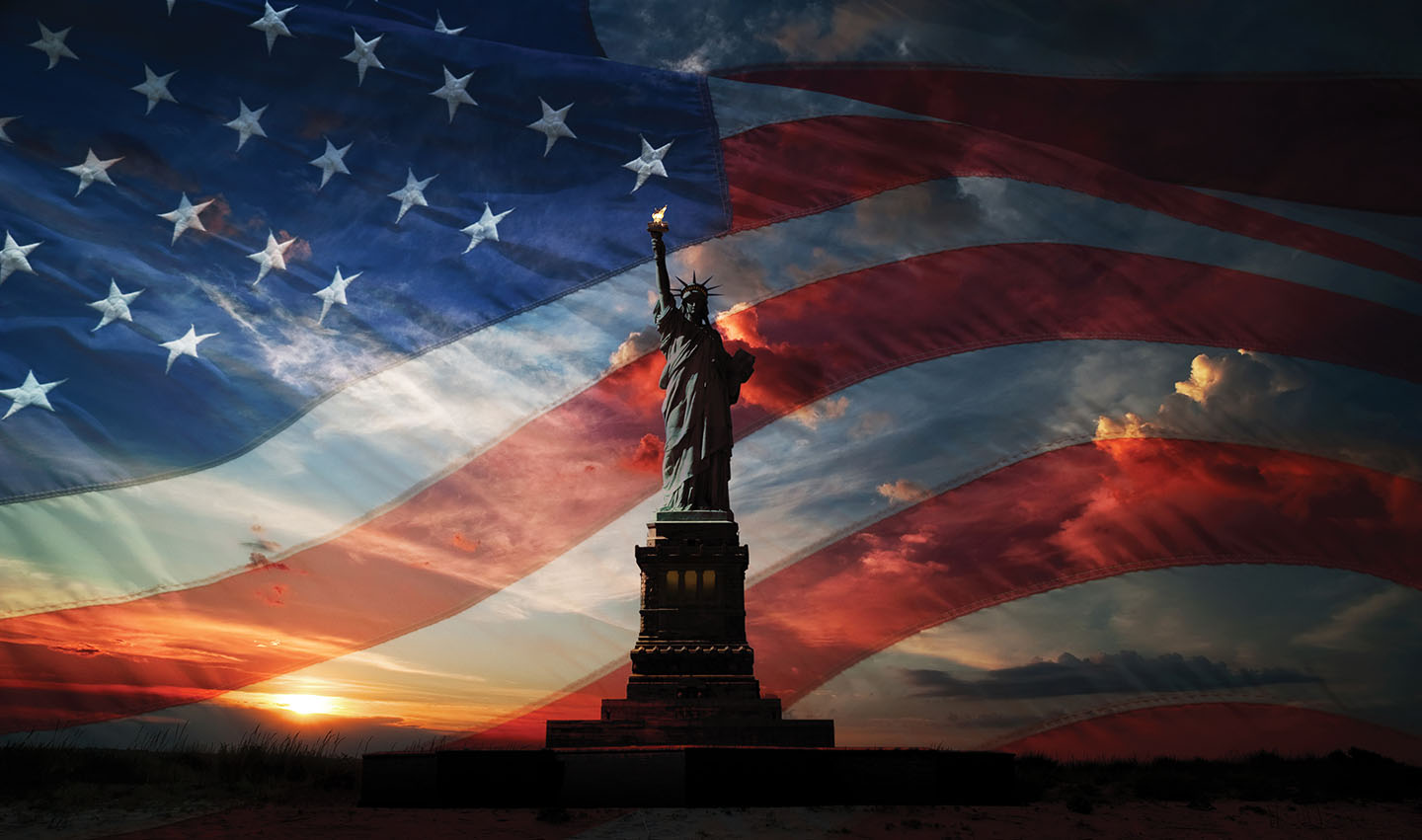

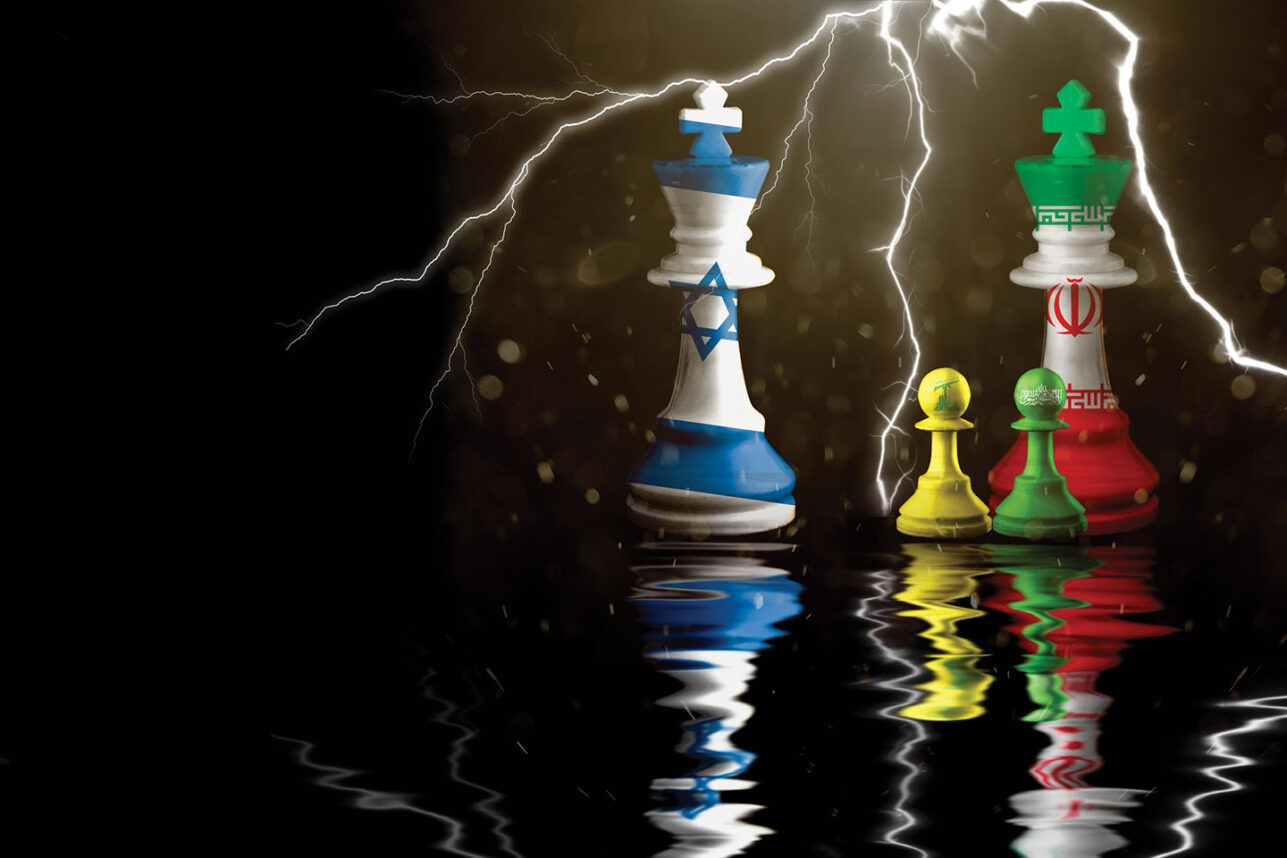

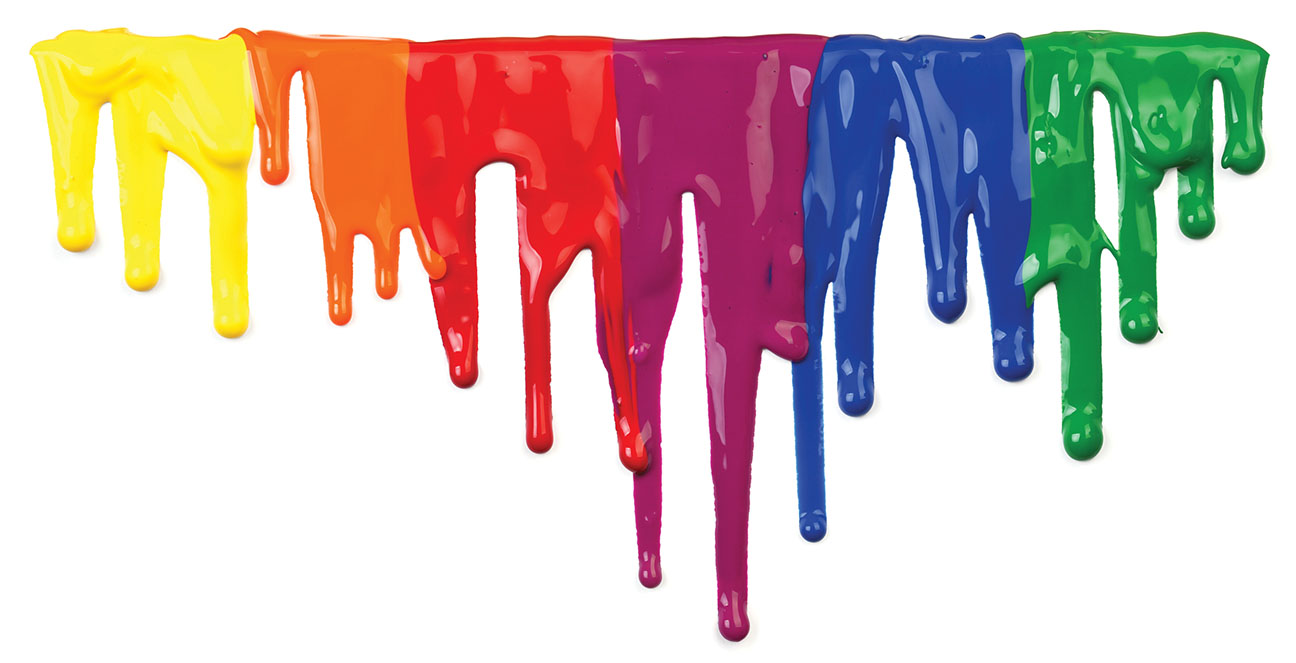
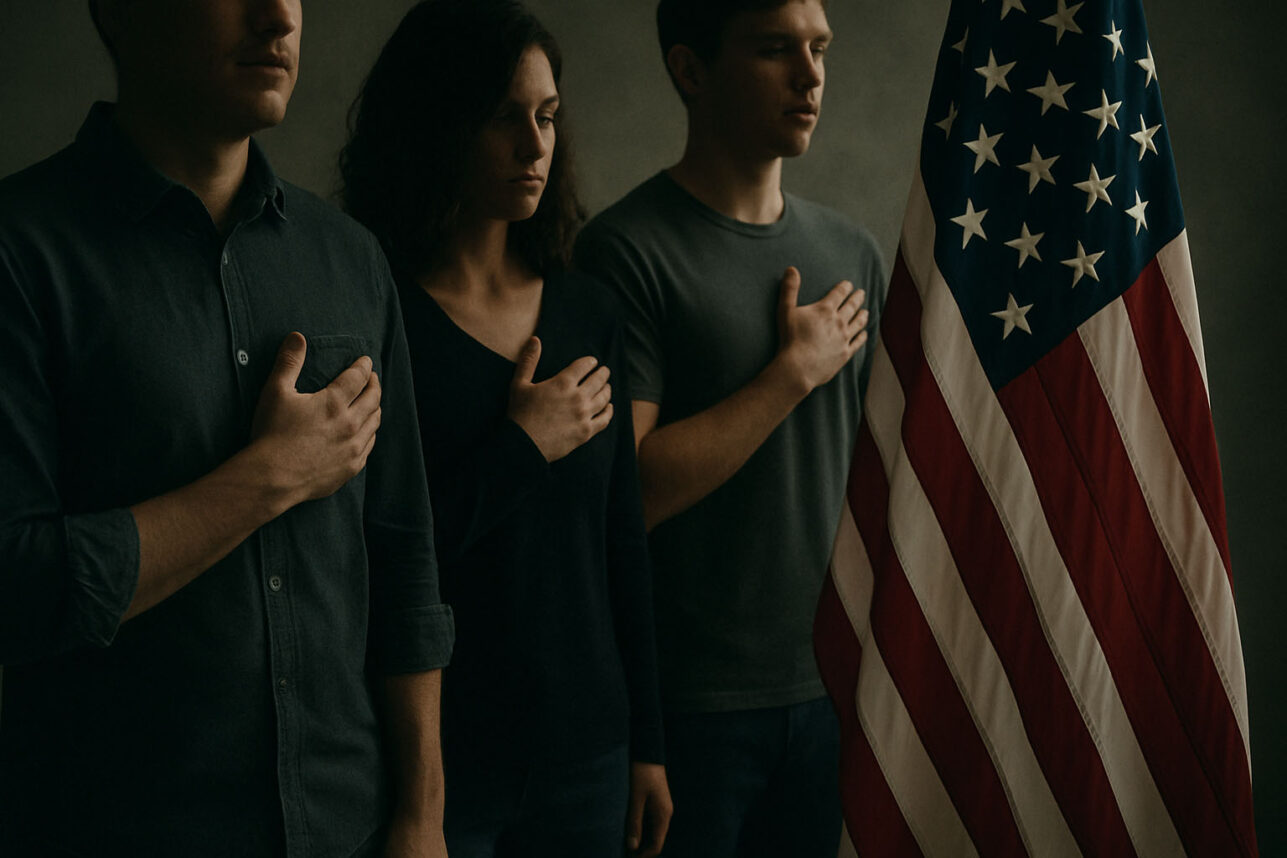
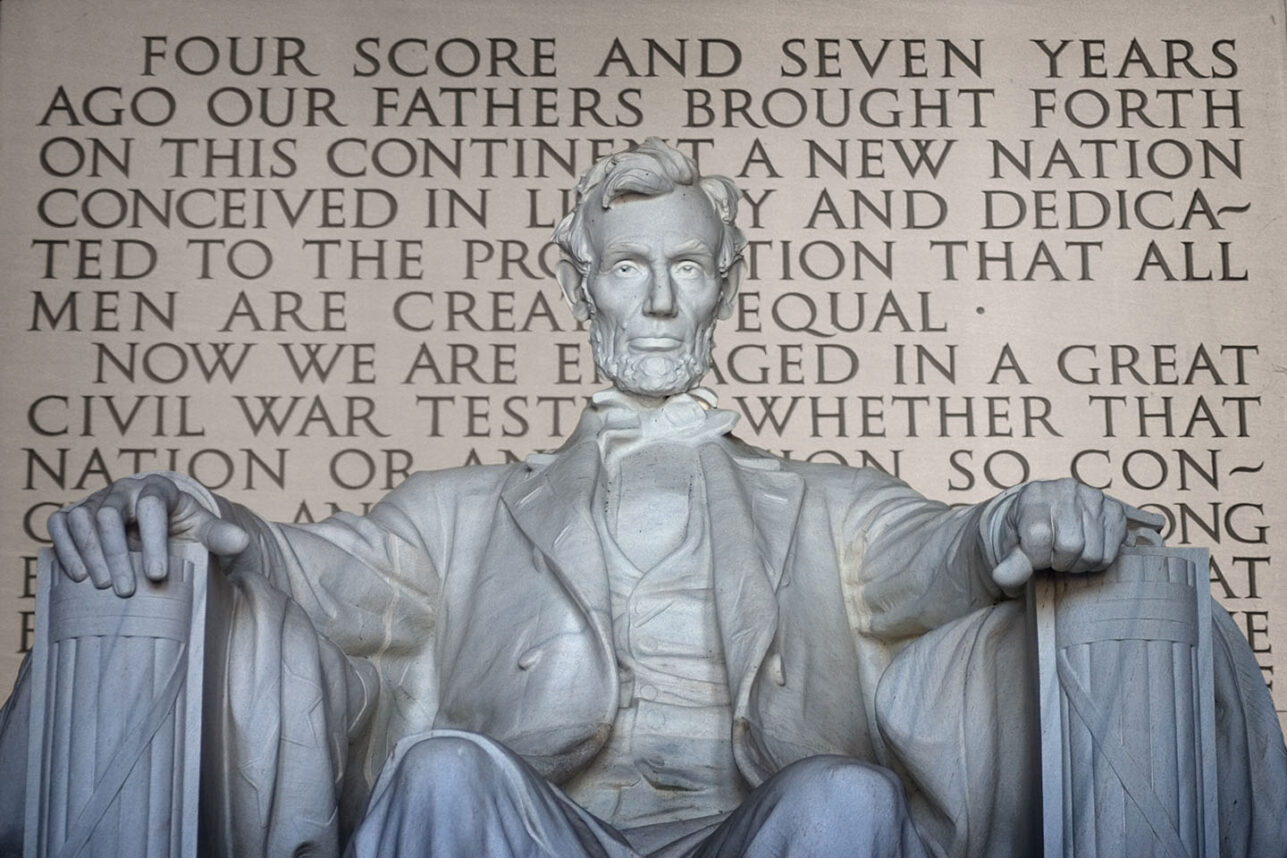

 More news and opinions than at a Shabbat dinner, right in your inbox.
More news and opinions than at a Shabbat dinner, right in your inbox.